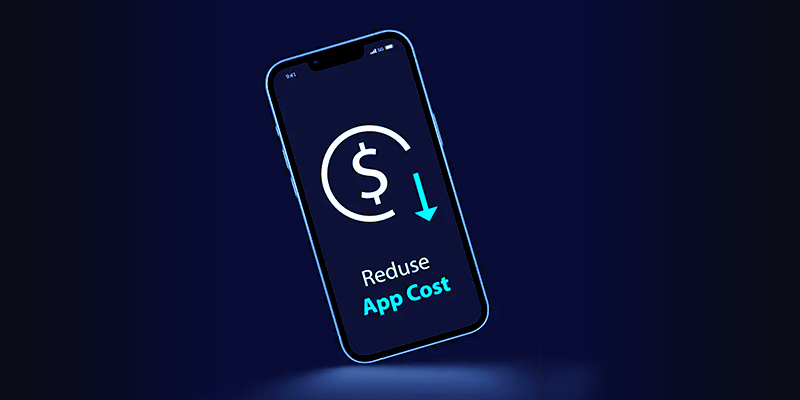Table of Content
What Is An eCommerce Application?
An eCommerce application is a platform that enables businesses to sell products or services online, streamlining the shopping experience for customers through mobile or desktop devices. It allows for secure transactions, product browsing, order tracking, and personalized marketing features.
According to Statista’s Overview of E-commerce Worldwide, eCommerce sales have been rising steadily, with global retail eCommerce sales reaching $4.8 trillion in 2023. This figure is projected to grow to $9 trillion by 2032, presenting a significant opportunity for businesses to expand online. Additionally, mobile commerce (m-commerce) is expected to account for $558 billion in retail sales by 2024, driven by the increasing use of smartphones for online shopping. Leading markets like the United States, China, and the United Kingdom dominate, while regions such as Latin America are expected to see rapid growth in the coming years.
Factors Determining App Development Costs
There are many factors affecting the cost of developing an app, including:
- The complexity and feature requirements of the application
- The platform choice of the app
- The application’s design requirement
- The engagement model you choose
- Consideration of outsourcing to eCommerce app development services
- The technology used to develop the application
- Collaboration with third parties
- Maintenance and support services
- Quality Control and Testing
Ways To Lower The Expense Of App Development
- Finish developing the app’s features and specifications
- Advice on user interface and experience design
- Decide when work will be done
- Maintain a well-organized process
- Calculate estimated costs for every step
- Give a clear idea of the application
- Convey your goals to the development partner
2. Develop The Prototypes
Making prototypes can help reduce costs. If you want a clickable prototype, have your development team create one using Figma.
After that, you can use it to examine the user’s experience and process. One great thing is that it’s easy to make modifications if you want to. Changing the app’s features after it’s been built is a costly and time-consuming process. Prototypes can help with this issue.
3. Hire Someone Else To Create Your App
Having an in-house development team takes care of everything. However, you can always work with an eCommerce app development company in India if you do not have your own team. Their knowledge and expertise can be valuable assets.
Additionally, you won’t have to worry about recruiting your staff. Instead, you may save a ton of money compared to hiring an in-house staff while still having access to a vast talent pool. The development team can help your app succeed with a fresh viewpoint, brainstorming, market research, and other insights.
4. Opt For Cloud Services
Using cloud services can make storing and retrieving data more versatile. With just an internet connection, you can get the necessary data regardless of your location or device. Working with a remote team becomes much easier with the support of cloud services, which allow access to and simultaneous sharing of information.
5. Create A Minimum Viable Product (MVP)
Developing a Minimum Viable offering (MVP) lets you test things before launching a full-fledged product. They are simplified versions of your product or service that have the very minimum functionality to address the most fundamental demands of your intended users.
By releasing a minimum viable product (MVP) early on, you can collect valuable customer feedback and use it to improve your final product. Following best practices in MVP development can ensure the creation of a lean, high-quality product.
6. Focus On Making Cross-platform Apps
Most businesses only consider developing apps for one platform at a time, and once they see demand for the other platform, they act accordingly. This is why they re-create the software for the alternate platform.
If you want to avoid this problem, choose cross-platform app development. Cross-platform apps are easy to use on iOS and Android, so you won’t need to create separate apps for each platform.
7. Quality Control And Continuous Testing
Use automated testing to improve quality assurance. In addition to being efficient and cost-effective, it guarantees that all parts of the application are tested consistently. Use feedback loops and constant monitoring to find and fix problems early on while developing Android apps. This preventative measure can reduce the financial burden of creating an Android app without sacrificing quality.
The Bottom Line
Frequently Asked Questions
Ready to Advance your Digital Transformation?Get in touch with us.
Discover why Hutech is the right partner for your business.
MAIL US AT
sales@hutechsolutions.com
CONTACT NUMBER
+91 90351 80487
CHAT VIA WHATSAPP
+91 90351 80487
Humantech Solutions India Pvt. Ltd 163, 1st Floor, 9th Main Rd, Sector 6, HSR Layout, Bengaluru, Karnataka 560102




